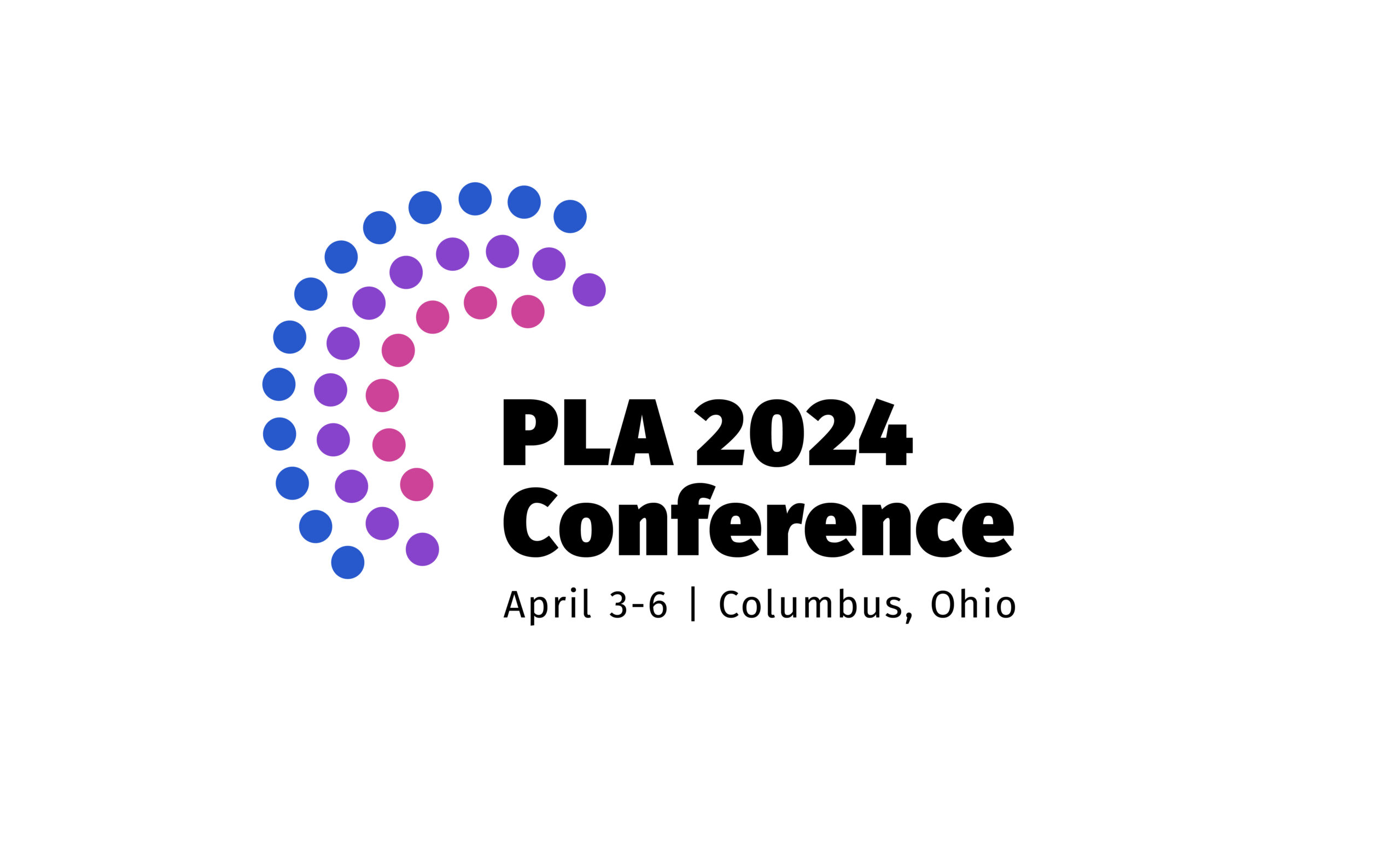Babytime Boredom to Storytime Joy

A storytime refresh. That’s what I hoped to gain from attending “Babytime Boredom” at the PLA 2024 Conference. I was expecting to pick up a few ideas on how to improve my storytimes, but I left with much more. Not only did I learn ways to make storytimes and other programs for littles more fun, inclusive and impactful, I felt more inspired (than I had in years!) to kick-start my work with youth in libraries again.
The presenters of, “Babytime Boredom: Building Culturally-Responsive Programming for Ages 0-3,” began their session with humility. Annamarie Carlson of Westerville Public Library and Sarah Simpson of Ohio State University noted they were not experts. Rather, they were presenting as learners and sharing some of what they’ve attained through research and practice. (In my opinion, Carlson and Simpson definitely have storytime cred!)
Here are some highlights from their information-packed session:
- Library programs and resources that are culturally responsive—why is this important and what does this look like? That weaving aspects of patrons’ identities (race, ethnicity, language, ability, chosen gender and more) will help them connect and learn, plus feel valued and respected. Also, why and how to represent the world in libraries even if our piece of the world may not be as diverse.
- Examples of how to make storytimes more culturally responsive. Among them: offering literacy labels in many languages, highlighting heritage months and worldwide observances, addressing children by name, and incorporating rhymes and songs in multiple languages and from different parts of the globe.
- More culturally-responsive program ideas for babies. STEM and science, open play (Do our toys and games represent diverse backgrounds, cultures and abilities?), and paint parties and art programs (Do we offer art supplies, like crayons and paper, that show a variety of skin tones?). Some of my favorite ideas are hosting a baby Olympics (with a diaper dash!) that highlights sports that are less mainstream in America, and a baby prom or dance party with world music and artists and an ornate backdrop for photos.
After running through nearly 50 slides, Carlson and Simpson generously shared an impressive compilation of resources to help us learn more. Print and online information about culturally-responsive programs in libraries, such as alternatives to problematic storytime songs. A file with links to artists, songs and videos to help us diversify storytime music. A list of storytime toys with photos, plus notes about developmental ages and skills, vendors and costs. And, for the budget conscious or the crafters and makers, a sheet of DIY baby play activities with supply lists and instructions.
My takeaways from “Babytime Boredom” are many, but the greatest outcome for me was finding joy in storytimes again. In my dozen plus years of working in libraries, I have planned and presented hundreds of storytimes. They have definitely improved over the years, but I know my enthusiasm for storytimes has languished some. Much thanks to Carlson and Simpson for their organized and informative presentation. I’m so excited to share these ideas and resources with my librarian team (Shout out to Meghan and Paula!), to devise ways to better support my library’s families, and to update my storytimes and my mindset. Welcome back, storytime joy!










